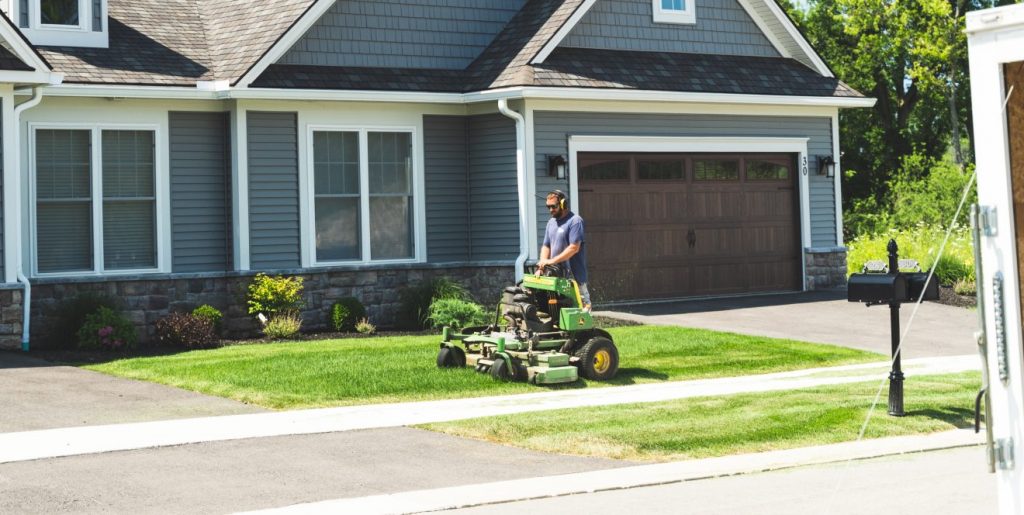Contents
Landscape Maintenance Santa Barbara Tips:
- Make sure you fertilize at the optimum time of the year for your variety of grass. Contrary to popular belief, not all grasses should be fertilized in spring. A few cool-season grass varieties do better when fertilized in fall. June is also a good time to fertilize many cool-season grasses.
- In general, it is best to choose a slow-release or controlled-release fertilizer to reduce possible losses to the environment and increase nutrient absorption. In certain situations, it may help to use organic materials which can improve the health of your soil.
- It’s important to read the label on the fertilizer bag and to know the exact size of your lawn. Using too much fertilizer can harm your lawn and cost you more than you planned. Conversely, using too little fertilizer won’t yield the results anticipated. Several university studies show that under-fertilized turf can lead to a thin turf stand resulting in soil erosion and unwanted soil runoff. Alwaysfollow the label instructions.

When Is It Safe to Plant Annuals in Spring?
Local frost dates determine when it is safe to plant annuals and vegetables in a particular region. For annuals you will be transplanting from pots, six-packs or flats bought at the garden center, it’s safe to plant when the last frost date is past. For seeds that are expected to sprout in two weeks, plant the seeds two weeks prior to the last frost date.
Old-timers often have rules of thumb for planting times for a given area of the country. For example, in New England, U.S, gardeners traditionally planted their annuals around Memorial Day (late May). Alternatively, you can find out when the projected last frost date is in your area by checking with your local county extension office.